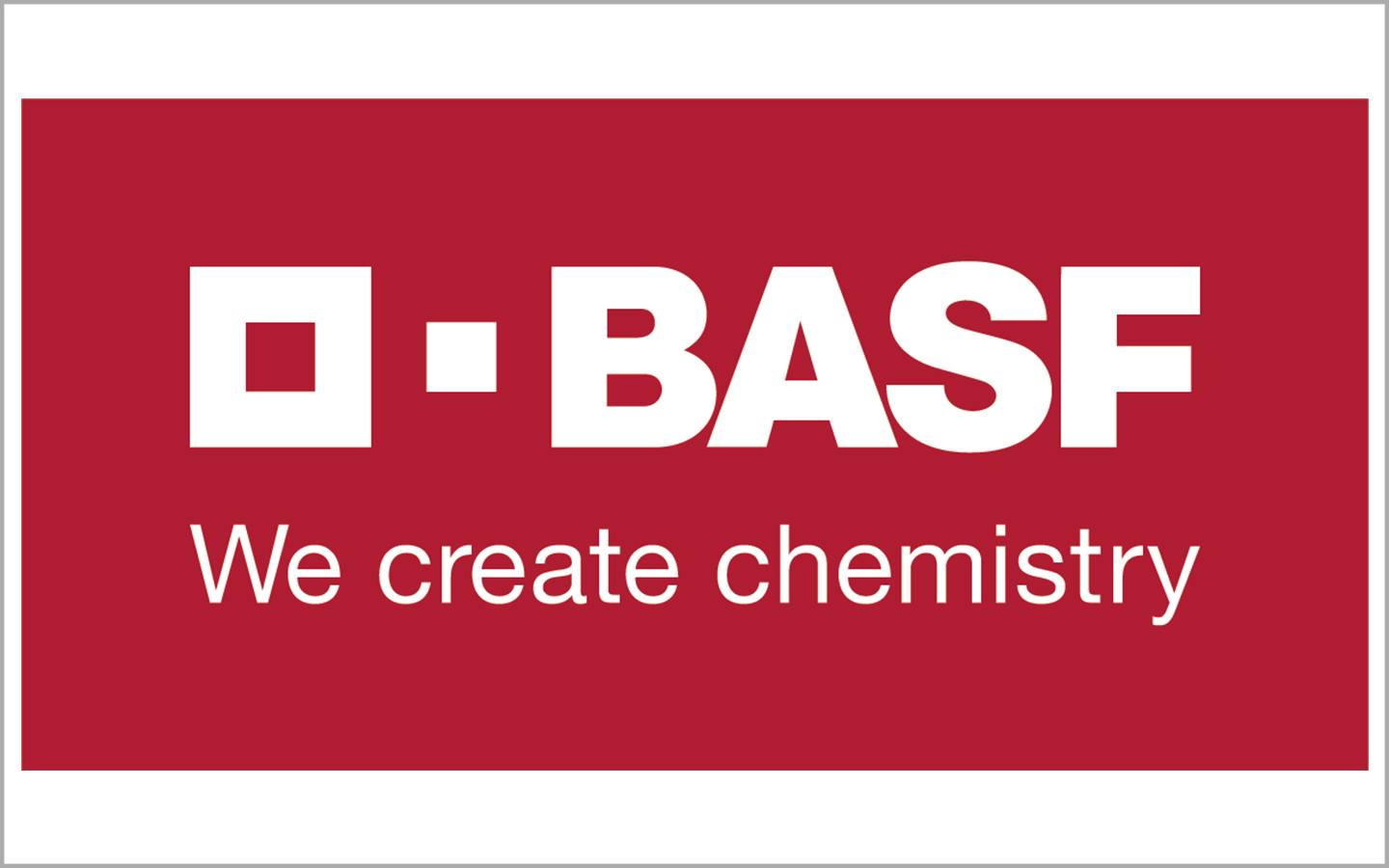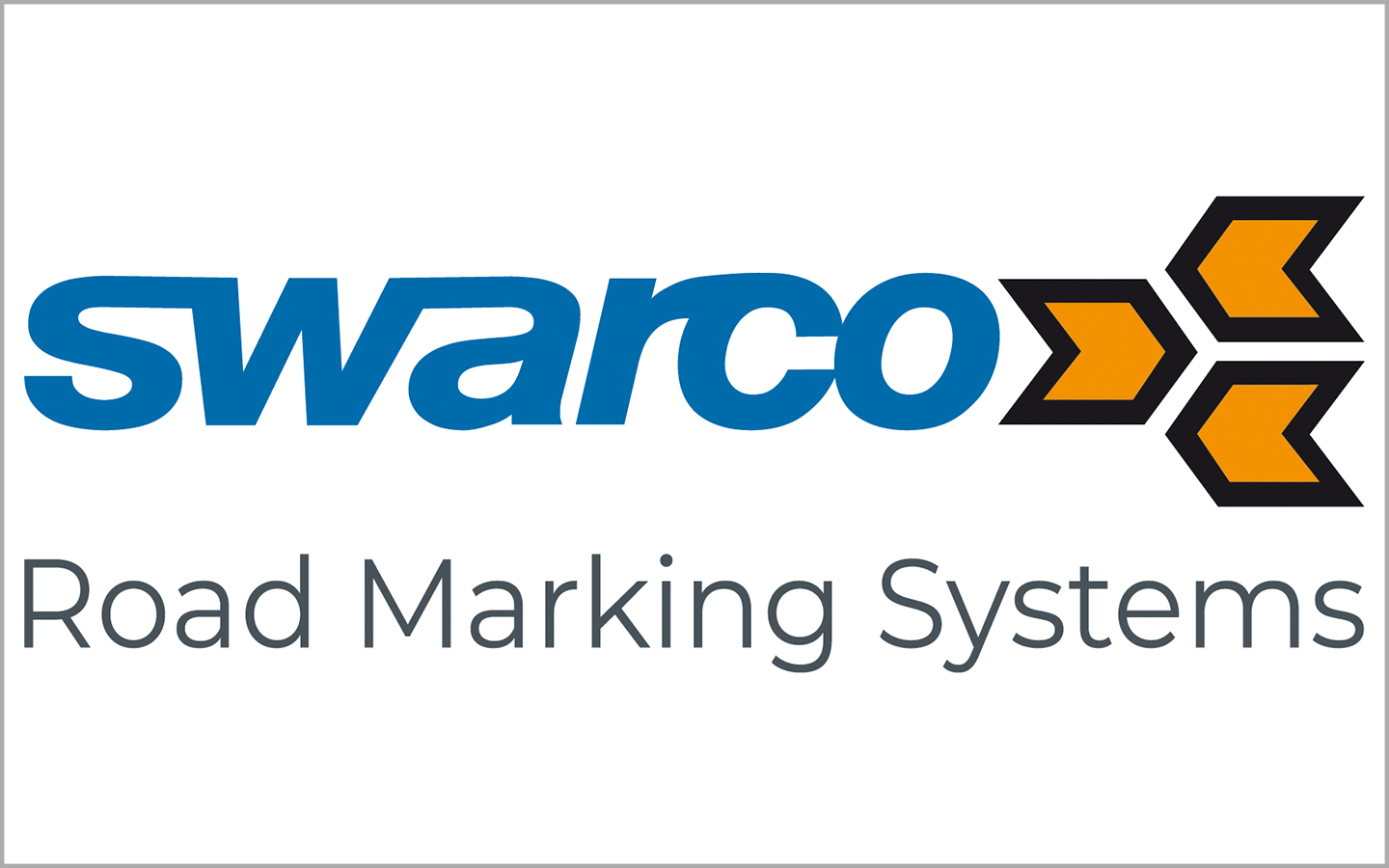28. June 2023
Open-pored asphalt (OPA) has been the only noise-efficient and open-pored construction method for highly congested roads, but it is severely limited in terms of function and service life. Polyurethane-bonded asphalt (PUA) represents an innovative solution as a highly functional surface course. For the first time, it is possible to combine the outstanding functional properties of an open-pore system with highly stable material performance and durability.
Rigid road pavements with continuously reinforced concrete pavement (DBBD) are extremely durable when properly manufactured, used and maintained. Many years of experience are available in the USA, for example. Despite the positive experience, the DBB construction method is currently not included (or only to a very limited extent) in German regulations. With the exception of a few test sections, it is not used in road construction. This is often justified by the higher construction costs, the relatively complex insertion of continuous reinforcement and the unfavorable cracking patterns that could occur.
Polyurethane asphalt (PU A) as a high performance and functional wearing course system constructed on a highly stable continuously reinforced concrete pavement (DBB), represents as an overall construction a sustainable construction method with a long functional life.
Within the scope of this consortium project, the advantages and disadvantages as well as application-specific issues of polyurethane asphalt and a continuously reinforced concrete pavement will be investigated, evaluated and further developed in an industry-oriented manner. On the one hand, the advantages of DBBD are to be used to develop a durable and low-maintenance construction method. On the other hand, a noise-reducing composite construction method with PU asphalt is seen as promising. Special attention is paid here to increasing the service life and reducing maintenance measures. The focus will also be on the use of alternative surface courses and the development of suitable road markings.
The aim is to use this overall design to help ensure an efficient and durable infrastructure.







